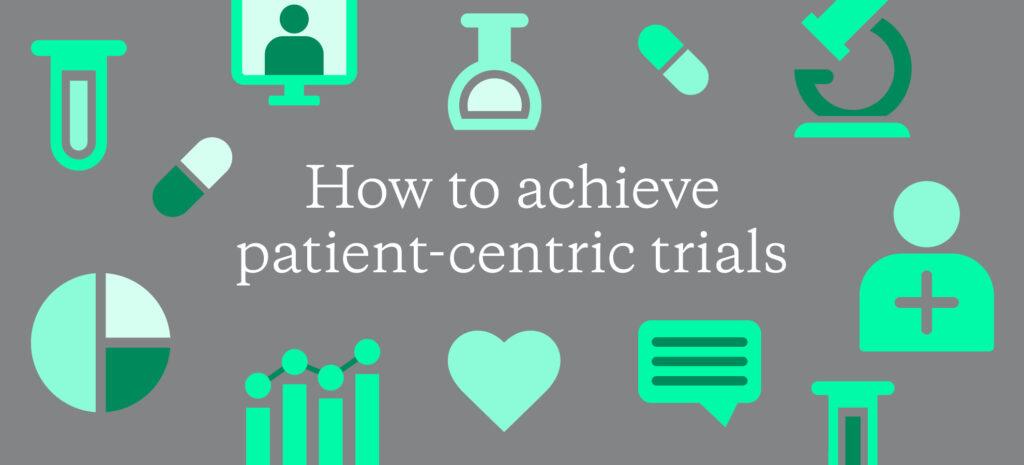By Lance Hill, CEO, Within3
Let me save you some time and skip the part where we commiserate about all the hours we spend on video conferences these days – if you’re reading this, you’ve felt the fatigue brought on by a full day of on-camera meetings. But let me ask: during most of these calls, do you really feel like you’re getting work done? Accomplishing anything? Or are you going through the motions – taking part in a transaction that requires your presence, requires your attention, but doesn’t do much to get you closer to your goals, or your team’s goals?
There’s a big difference between virtual meetings – the box-ticking scenario described above – and virtual work, which takes place on a continuum. Work is an ongoing process with its own rhythm, one that’s specific to what you’re trying to accomplish. For example, if you were to write a novel, you wouldn’t just sit down and write. You’d develop an outline, do research, create multiple drafts, incorporate feedback, and work with a publisher to finalize and market your book. All of this requires multiple interactions and activities over a period of time.
We know all of this – so why, after nearly a year of opportunities to change our ways, are we still trying to force real work into one- or two-hour time slots on one specific day of the week?
At Within3, we do a lot of different things: help medical affairs teams get deeper and more meaningful insights from KOLs, work alongside clinical teams to ensure they design successful trials with patient and HCP insights, streamline message testing for commercial teams, and probably hundreds of other use cases that push toward the worthwhile goal of creating better patient outcomes. These are all insights management scenarios in which we have a lot of day-to-day experience, and we’re very good at them. But at a higher level, I like to think that what we really do is enable virtual work.
We do this by looking at communication processes that happen over time and figuring out how to make them more efficient. Most of the one-size-fits-all collaboration tools we’ve come to rely on – email, instant messaging, and yes, video conferencing – don’t know or care about the work you’re doing. They just offer you the means to talk about it for an hour or so.
With work, there’s an intended outcome – something you’re producing, an insight you’re gaining, a document you’re creating. In other words, an end. And whereas most collaboration tools provide you with the means to reach that end, they don’t really care about it, or how you get there, or how long it takes you. That might be fine for your weekly staff meeting, but for the demands of life science applications, we’ve made it our business to care about and support the end result in a way that’s more efficient.
We believe this deeply enough that we don’t even use the term meeting – instead, we built our platform around the idea of a session, or a period of work that takes place over time (the good kind of overtime, though we can’t guarantee you’ll get time-and-a-half). Clients tell us they can accomplish in a single session – typically about a week to 10 days, depending on the project – what would have taken half a dozen or more video calls.
In over-time sessions on our platform, participants are more focused because they aren’t multi-tasking – they log in when it’s most convenient for them. Insights are more diverse because language translation and the asynchronous collaboration format eliminate logistical challenges or unwillingness to invite more than the usual suspects. Finally, the teams we work with can focus on their business goals instead of planning engagements, because we have more than 10 years of experience designing sessions for the best possible results.
We understand that video conferences are here to stay. We just think there’s a way to do fewer of them, and make the ones you keep matter more – all while improving the virtual work you do every day.






